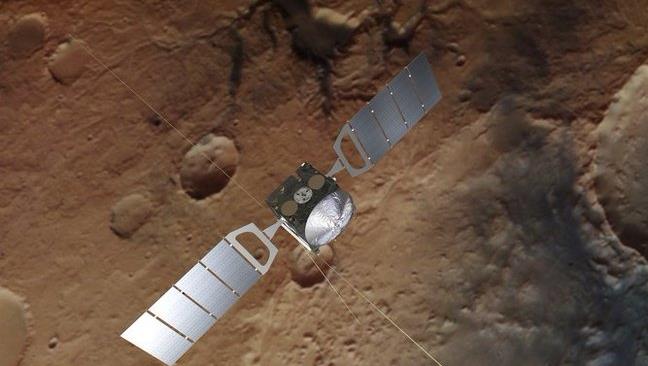Martedì 3 ottobre alle ore 14:30 il prof. Sebastian E. Lauro del Dipartimento di Matematica e Fisica di Roma Tre, terrà il Colloquio di Fisica dal titolo "Exploring planets, moons and small bodies with radar sounder".
Abstract: Radar sounder has become one of the most suitable geophysical instruments to explore planets and moons, given the very dry and/or cold conditions of their shallow crusts, which favour the penetration of radio waves at great depths. It can work remotely on board spacecrafts or rovers without the need for direct contact between the antennas and soil. Planetary subsurface radar was tested beyond Earth during the Apollo 17 mission using the Apollo Lunar Sounder Experiment (ALSE), based on a decade of development and testing of radio echo sounding
(RES) in Earth polar regions. After the golden age of lunar exploration, radar technology for terrestrial applications grew rapidly. It was only in the 1990s that the planetary community acquired a renewed interest in subsurface radar sounders, with particular focus on using them to search for liquid water on Mars.
In this talk, I will summarise the most relevant radar discoveries from space mission to planetary bodies (Mars, the Moon, etc) with a special attention to the detection of liquid water under the Martian South Pole using MARSIS (Mars Advanced Radar for Subsurface and Ionosphere Sounding), launched in 2003 on board the ESA Mars Express.
L'evento si svolge in Aula C - Via della Vasca Navale 84
Link identifier #identifier__170111-1Locandina
Exploring planets, moons and small bodies with radar sounder - Dipartimento di Scienze Politiche
 Dipartimento di Scienze Politiche
Dipartimento di Scienze PoliticheDipartimento di Scienze Politiche dell'Università degli Studi Roma Tre
Department of Political Science

Dipartimento di Scienze Politiche dell'Università degli Studi Roma Tre
